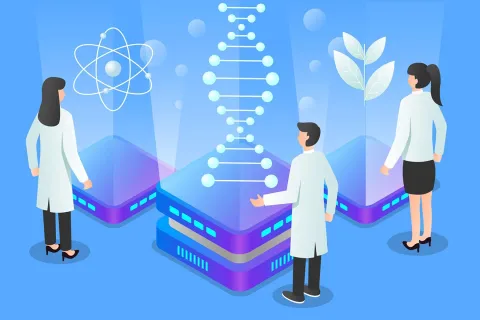
The term “regulatory compliance” takes on different definitions depending on the industry it is being applied to. But from an elevated level, compliance is all about incorporating requisite standards that conform to certain requirements and in relation to Regulatory it is nothing but a set of regulations that any given organization must follow to meet specific requirements. Failing to do so, organizations must pay the cost of non-compliance. If we take the case of the US pharmaceutical industry alone, 74 settlements were made towards penalties worth of 10.2 billion dollars in two years. Such incidents not only result in direct cost of fines, penalties and product recalls, but also affect any given organization eroding the name of the brand and have a long-term effect on a consumer’s mindset. How companies can protect themselves from the cost of non-compliance? Instead of relying on manual processes or legacy practices, life sciences companies can effectively handle the cost of non-compliance by adopting the automated procedures throughout. Be it tracking mandates, and standardizing the procedures across, life science companies across the globe must take an integrated approach for compliance management and should leverage technology and automation for key business processes
- to improve operational efficiencies
- to create a transparent environment for proactively identifying, tracking and resolving quality and compliance issues
- to lower the cost of compliance
Looking at wide variety of processes to be handled, the below points might come in handy for a life sciences organization to sustain the technological advancements:
- Automate manual processes: Manual processes are passé. They are no longer applicable for modernized life sciences industry. Right from tracking to implementing, to fall in compliance, companies should look for automating the processes. Rightfrom investing in the latest requisite automation technologies to gather data from multiple sources across the organization and application of algorithms to identify the right population of data as and when required, companies gain assured control over not just a sample but the entire mass data. It not only reduces overall effort but ensures cent percent compliance enabled through a single check.
- Standardize processes across your organization: Quality processes that are not connected to each other can result in undue delays and poor results. What if a life sciences company carries its activities across multiple sites? How can it meet the compliance? The best way is to standardize the processes across the geography wherever it is present. So, it is important that all processes are well integrated to create a unified and seamless environment for quality related issues and data. Deploying common technology platforms across the organization not only standardizes the process, but also ensures that any exception will be instantly tracked and managed but also ensure that best practices are consistently practiced and maintained.
- Make data and information instantly available: As with tracking down the geographically-spread information in a single instant has become a need of the hour, life sciences companies should make data and information are accessible instantly. Because automation creates an information loop, a well-established strategy needs to be in place that focuses on provision of right information to right people at the right time. This not only accentuates information access but also improves compliance through better control and management.
As an end note, in today’s era of stringent and evolving regulatory environment, it is crucial for life sciences companies to deploy best practices for compliance across all the core processes throughout the lifecycle. Right from process establishment to end-to-end validation and audit, life sciences companies must set up a quality set of procedural standards to fall in compliance. They should adopt new pathways or should come off legacy practices to better aligned with modernization. Get an expert advice.









